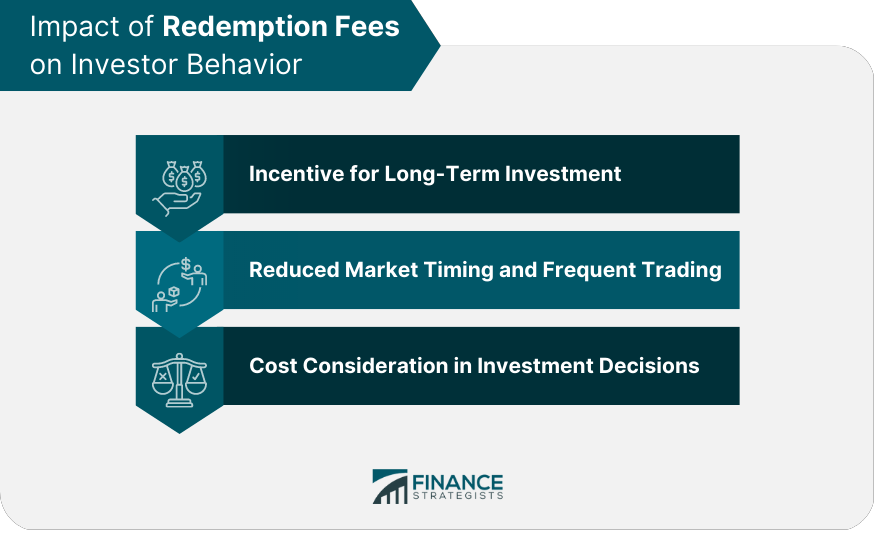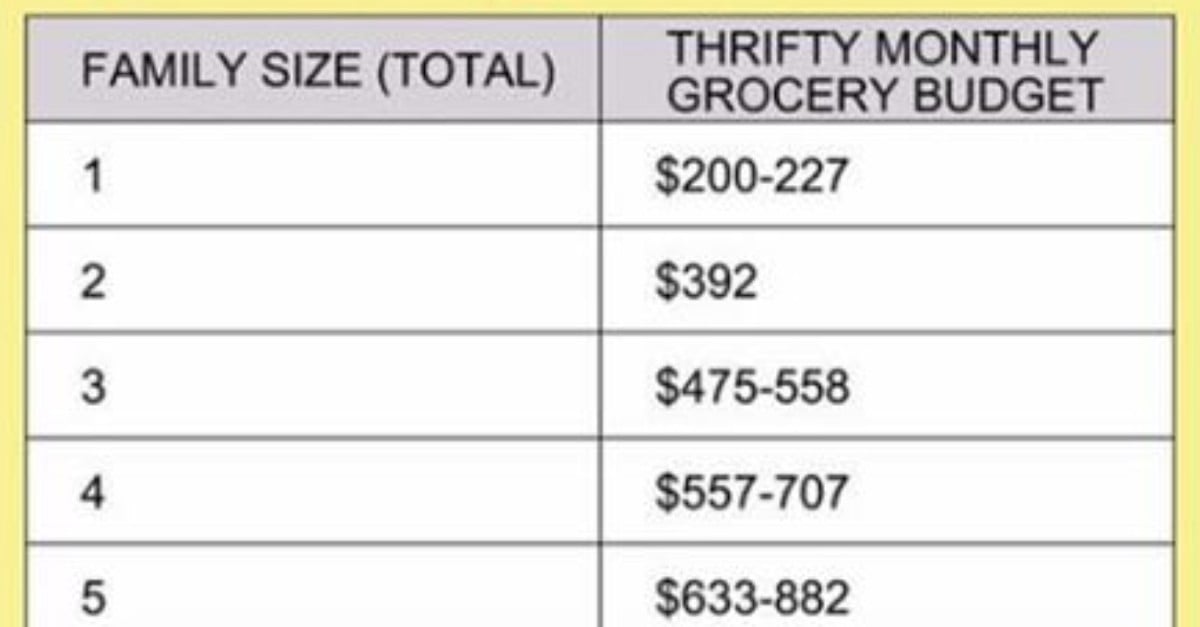Repetition in Science: What It Is, Why It Matters, and How to Do It Right
Overview: What Is Repetition in Science?
Repetition in science means performing multiple trials of the same experiment within the same study and under the same conditions to assess the reliability and precision of results. Repetition reduces random error, stabilizes estimates like the mean and standard deviation, and builds confidence that observed effects are not due to chance [1] . It is distinct from replication, which involves independent researchers or new datasets reproducing results under similar or varied conditions, a broader community process that strengthens generalizable knowledge [2] .
Repetition vs. Replication vs. Reproducibility
These concepts are related but serve different purposes, and clarity helps you design stronger studies and interpret evidence appropriately:
Repetition : Multiple trials in the same study and setting to evaluate internal consistency and reduce random error. This stabilizes estimates so sample statistics better represent population parameters, enabling reliable inference [1] .
Replication : A new study (often by independent teams) using comparable methods to verify whether prior results hold-key for assessing generalizability and building confidence that findings are robust beyond a single dataset or lab [2] .
Reproducibility
: The ability to achieve the same results using the same data and analysis code or to obtain consistent outcomes when repeating the analysis pipeline; in measurement sciences, closely related terms include
repeatability
(same lab) and
reproducibility
(across labs)
[3]
.
Why Repetition Matters
Repetition is foundational because most measured outcomes vary due to inherent randomness and measurement noise. By increasing the number of trials, you reduce variability in estimates, tighten confidence intervals, and enhance the credibility of conclusions. Specifically:
– Stabilizes statistics : Repetition helps the mean and standard deviation converge to stable values so sample statistics more faithfully approximate population parameters, supporting valid inference [1] . – Builds confidence : Consistent outcomes across repeated trials within a study increase confidence that results are not artifacts of chance or single-run anomalies [2] . – Separates signal from noise : Through multiple trials, you can identify outliers, estimate variability, and quantify uncertainty, which in turn informs power, effect size precision, and decision thresholds [1] .

Source: occuplaytional.com
Actionable Steps: How to Plan and Execute Repetition
Use the following process to embed repetition into your study design:
1) Define the measurement and its variability . Clarify your primary outcome, its unit, and expected variance based on prior data or pilot work. This informs how many repeated trials are needed to stabilize estimates and achieve desired precision [1] .
2) Set a target precision . Choose error margins or confidence interval widths for key parameters (e.g., mean difference, proportion). Translate these targets into the minimum number of within-condition repeats using standard power and precision planning practices. While exact numbers depend on variability, more repeats generally reduce standard errors and improve reliability [1] .
3) Standardize protocols . Document materials, instrument settings, timing, environmental controls, and operator steps. Consistency across repeat trials prevents systematic drift and supports repeatability within the same lab, aligning with best practices in study design for reliable results [2] .
4) Randomize trial order when feasible . Randomization within repeated measurements mitigates sequence effects and time-related confounding that could bias estimates; this is one of several design choices that reduce non-replicability risks [2] .
5) Monitor and record anomalies . Predefine criteria for flagging outliers or trial failures (e.g., instrument error), and record reasons transparently. This allows sensitivity analyses with and without flagged trials [2] .
6) Analyze with uncertainty in mind . Report means with standard deviations or standard errors, confidence intervals, and effect sizes, explicitly describing how many repeats were performed and how missing/flagged trials were handled [1] .
Real-World Examples of Repetition
Example A: Chemistry assay precision . A lab measures concentration via spectrophotometry. By repeating each sample measurement 5-10 times in the same session, the team estimates within-run variability and calculates repeatability. This aligns with metrology distinctions between within-lab repeatability and across-lab reproducibility, improving confidence in reported concentrations [3] .
Example B: Behavioral experiment accuracy . In a reaction-time task, each subject completes dozens of trials per condition. The repeated trials average out moment-to-moment fluctuations, producing a stable mean reaction time and narrower confidence intervals for condition differences, enabling reliable inference about cognitive effects [1] .
Example C: Engineering performance testing . For a component’s fatigue life, engineers conduct repeated load cycles under identical settings, quantify dispersion, and derive safety factors. Repetition reduces uncertainty in performance estimates before any external replication by other teams or test sites occurs [2] .
Common Pitfalls and How to Avoid Them
Pitfall 1: Confusing repetition with replication . Multiple trials in one lab do not test generalizability. Plan for both repetition (internal precision) and replication (external validity) to strengthen findings across contexts [2] .
Pitfall 2: Insufficient documentation . Without detailed methods, even your own repeats may not be consistent, and others cannot fairly assess your results. Adhere to transparent reporting and procedural detail to enable repeatability and reproducibility assessments [2] .
Pitfall 3: Overlooking design biases . Poor randomization, uncontrolled confounders, or inadequate measurement tools can undermine repeated trials. Good design choices reduce risks of non-replicability and improve the interpretability of repeated measures [2] .
Pitfall 4: Publication and confirmation bias . Focusing only on successful or significant repeats inflates confidence. Reporting all repeated trials and analyses, including null findings, contributes to a more accurate evidence base for later replication efforts [2] .
How Many Repetitions Do You Need?
There is no universal number; it depends on the variability of your outcome and the precision you seek. The core principle is that more independent repeats reduce the standard error of the mean (approximately with the square root of the number of trials), stabilizing your estimates and making statistical inference more reliable. Pilot data or historical measurements can guide a reasonable starting point, which you can refine via interim variance checks and pre-registered decision rules [1] .
Documentation and Transparency Practices
To maximize the value of repetition, document:
– Exact protocols, instrument settings, materials, and environment. – Number of repeats per condition and rationale for that number. – Randomization and blinding steps for repeated trials. – Criteria for excluding or flagging trials and full accounting of such decisions. – Full statistical reporting of central tendency, dispersion, confidence intervals, and effect sizes. These practices support within-lab repeatability and enable independent teams to assess replicability and reproducibility using sufficiently similar methods and conditions [2] .
Alternative and Complementary Approaches
When time or resources limit physical repeats, consider:
– Bootstrapping or resampling analyses to quantify uncertainty when you have enough independent observations but fewer repeats per condition. While not a substitute for physical repetition, such methods can augment precision estimates. – Cross-lab ring tests in measurement sciences to directly assess repeatability and reproducibility components across sites, connecting your repeated trials to broader inter-lab assessments [3] . – Pre-registration of planned repeat counts and analysis criteria to reduce bias and improve interpretability, facilitating later replication evaluation under proximity-uncertainty considerations [2] .

Source: teacherspayteachers.com
Key Takeaways
– Repetition means multiple same-study trials to enhance internal precision and reduce random error [1] . – Replication is independent confirmation that assesses generalizability and builds confidence across contexts [2] . – Reproducibility encompasses consistent results when reanalyzing the same data/code and, in metrology, distinguishes within-lab repeatability from across-lab reproducibility [3] . – Strong study design, transparent reporting, and adequate repeat counts are essential for reliable scientific knowledge [2] .
References
[1] Hu et al. (2011). The repetition principle in scientific research. [2] National Academies (2019). Reproducibility and Replicability in Science. [3] Wikipedia (n.d.). Reproducibility.
MORE FROM jobsmatch4u.com













